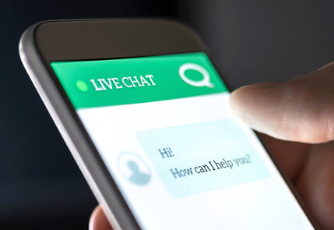Don’t have a digital customer service strategy? There are no more excuses.
Today’s consumers exist primarily online, and they expect convenient and streamlined digital engagement from brands. With customer expectations increasing almost daily, companies are rapidly introducing digital channels to replace or co-exist with traditional channels like phone and email.
Now is the time to add or improve your digital customer service. Here’s how to add digital customer service to your existing channels:
- Identify your common questions.
- Implement the right channels.
- Simplify your online engagement.
- Promote your new digital channels.
- Monitor and analyze conversations.
We’ll take a look at each step, but let’s define digital customer service first.
What is digital customer service?
Digital customer service is the act of providing customer service and support across online channels.
For most consumers, that means messaging—whether in-app, via text messaging, web chat, or social media.
Why use digital customer service?
There’s a lot more to digital customer service than answering a few direct messages on Instagram. In order to improve the digital customer experience, you need a well-rounded strategy that focuses on driving value.
Gartner identified top digital customer service trends in 2022. Here are three to keep in mind as you build out your strategy:
- Delivering value over simply resolving issues: Digital customer service isn’t merely duplicating a call center. Yes, you’re there to solve customer problems, but you’re also acting as a sales rep for the brand. Validating purchases, offering product suggestions, and upselling/cross-selling should fall into your digital customer service strategy.
- Privacy-led personalization: While personalization is still important to serving customers online, privacy is also a big concern. This means you should only collect information that’s absolutely necessary and always be completely transparent about what data you collect and how you use it.
- Service in third-party channels: Brand-owned channels like websites and apps are still a popular option, but customers want to connect with you no matter where you are. Consider an omnichannel solution that brings the entire customer experience to the customer in the platforms they prefer.
6 reasons digital customer service is critical.
Post-pandemic, the question is no longer why use digital customer service—it’s how. Digital customer service is critical to a well-rounded customer experience. Here are 5 reasons you can’t ignore it.
1. You’re building relationships.
Your customers want experiences that are smooth, convenient, and hassle-free, regardless of whether it happens face-to-face or online. Since 230.5 million Americans shopped online in 2021—and the number is growing every year—the digital customer experience is more important than ever.
With the number of options available to consumers in nearly every industry, building relationships is vital to success.
2. It differentiates your business.
Mobile devices have put the power of apps, machine learning, automation, and rich messaging into the hands of pretty much every consumer. Tech-savvy customers are fully aware of what technology can do for them, and they expect to get what they want exactly when they want it.
Putting your digital customer experience first enables your organization to take advantage of this expectation.
We see the proof in our own customers. Companies like Tailored Brands are experiencing success doing just that.
“Retail is a highly competitive space, so we strive to set ourselves apart based on the service we provide our customers, whether online or in-store,” said Melissa Porter, VP of Customer Relations. “Adding text messaging from Quiq has allowed us to differentiate even more.”
3. You’ll upgrade your brand perception.
Customers want fast and easy interactions with brands, but they also want those experiences to be personal. In fact, Accenture found that 91% of customers are more likely to purchase from companies that recognize them by name, remember their purchase history, and provide personalized offers and product recommendations.
The right digital customer service strategy can help you get there. Quiq Messaging enables you to easily integrate messaging into your existing systems or customize the user interface to include data from your internal operations systems.
Your employees have visibility into the customer data that makes interactions personalized, including customer info, order history, and past conversations.
4. You can practice proactive outreach.
Your contact center agents aren’t limited to waiting by the phone or refreshing their email inbox to resolve issues. Digital customer service strategy can now include proactive outreach.
Sending notifications letting customers know that a product in their order is out of stock or that a flight has been delayed is the norm.
By being proactive, you can identify issues and resolve them before they become problems, which reduces the number of tickets you receive
5. It’ll boost efficiency and lower costs.
One-to-one phone calls with your human agents can reach capacity quickly. That’s why so many companies have diversified their engagement channels to provide more convenient options to their customers and cut down costs.
Digital channels not only improve the digital customer experience by providing effortless support and service but also reduces overall costs. Leveraging digital channels to scale service efforts saves on hiring new agents to handle increased volume and the 24/7 service needs from constantly connected consumers. On digital channels, agents can respond to multiple conversations at one time. That’s just not possible on a phone call.
6. You’ll increase revenue opportunities.
The pandemic created drastic consumer behavior shifts toward digital purchasing, and providing digital customer service goes hand in hand with increasing sales.
Even though retail has reopened, many consumers still plan on continuing the digital trends.
An Accenture survey revealed some key insights:
|
|
|||
|---|---|---|---|---|
|
54% | 84% | ||
|
44% | 80% | ||
|
42% | 78% | ||
|
46% | 77% | ||
|
36% | 77% |
All of these habits are revenue-generating and rely heavily on digital customer service to drive sales.
How to deploy digital customer service.
There’s a huge difference between offering multiple online channels and offering a seamless digital customer experience. Customers want instantaneous, convenient, and easy engagement—exactly how you should design your customer service experience.
Let’s take a closer look at the steps to add digital customer service to your existing channels.
1. Identify common questions.
The first step in your digital customer experience journey should be to take a look at the most common reasons your customers are contacting your contact center. Most of our clients can quickly identify a handful of the most common questions.
Some inquiries will be obvious like:
- Where’s my order/when will I receive my order?
- What is my login?
- What is my account balance?
- How do I change my reservation?
- How do I make a return?
Start by creating digital self-service options. You can start with a simple FAQ page or dig a little deeper and build a chatbot to answer common customer questions and relieve the burden on your call center.
For example, outdoor apparel company Stio mails out 1.2 million catalogs a year. Before they expanded into digital customer service with business messaging, customers had to call customer service to remove themselves from the mailing list.
The company implemented messaging with a bot, enabling their customers to unsubscribe with just a few clicks. No human agent interaction needed. The company saw an immediate 9% decrease in phone calls and saved 83 agent hours in just the first two weeks of implementation.
2. Choose the channels your customers already use.
Once you have a good grasp of your customers and their needs, identify which channels you want to start with. Many of our clients tackle the highest volume channels first, which (surprisingly) often starts with the call center itself.
Think about streamlining the customer experience by getting the answers before they need them and getting them to the right person to solve their problems.
Here are the top 4 things our clients have done to integrate digital customer service:
- Integrate messaging into your IVR to give customers the option to immediately abandon a phone call to start chatting with an agent.
- Take a look at your desktop vs. mobile traffic. If you see a substantial portion of your traffic visiting your mobile page, it indicates that customers are willing to engage with you via SMS/text messaging. If it is still fairly high on desktop, that may indicate that you should deploy web chat.
- Don’t ignore your website traffic. Implement live chat on your website so that website visitors get the same benefits from messaging as your mobile customers do.
- Make sure you register with Google Business Messages and Apple Messages for Business so that customers can find and engage with you through search and maps on their mobile devices.
Give customers the freedom to choose their preferred channels depending on their specific problems. You’re also adding more bandwidth to your contact center by encouraging messaging over phone calls.
3. Improve digital customer experience.
Reaching out to engage with your brand should be simple and quick, as customers want their issues solved fast. Make it easy for customers to engage with the right department or agent that can resolve their inquiry most efficiently.
Here are a few things you can do to make it easier for your customer:
- Collect information from your customers by asking short questions that allow the customer to respond with a simple tap instead of typing in a response
- Implement a bot to collect information and apply rules to route the conversation.
- Make conversations sticky. If a customer spoke to a certain agent in a previous conversation, route the customer to that same agent or make sure the conversation history is easy to access for anyone that speaks to the customer.
Quiq makes it easy to set rules to route conversations to specific agents, departments, or queues based on set criteria.
4. Promote your new digital channels.
Let people know once your digital channels are available. Promote your new digital channels across your existing marketing channels:
- Add a message to your IVR informing callers that web chat or text is available, even if you haven’t integrated messaging with your IVR.
- Put a message on your website homepage and a “text us” call to action button at the bottom of your mobile site.
- Make sure that messaging is prominent in the contact us section of your website.
- Advertise it in your newsletters and social posts.
- Add a message to the signature of all your contact center agents responding to emails reminding customers that alternate channels are available.
5. Monitor and analyze engagement.
Use analytics to monitor, analyze, and address areas within your digital customer experience that may need work along the way. For example, you can review closed and active conversations in real-time to determine if integration with your CRM or other business intelligence platform will help agents find critical information easier.
You’ll also want to evaluate agent performance on key metrics. Quiq’s messaging platform allows you to monitor the performance of human agents, as well as bots, so you always have a pulse on which types of inquiries may be stumping your team.
We’ve also made it easy to import and export data to and from our software, so you have the data you need, wherever you need it. Our out-of-the-box reports enable you to have an immediate view of your contact center’s performance, or you can combine the data in your BI tool for a broader understanding of your contact center.
Deliver the digital experience your customers want.
From start to finish, your customer experience must deliver. From the moment a consumer becomes aware of your brand to the point they become a customer, your digital customer experience will be a part of it all.
Your customers are trying to reach you on all digital channels—even if you’re not there yet. We’re ready to help you transform your contact center.

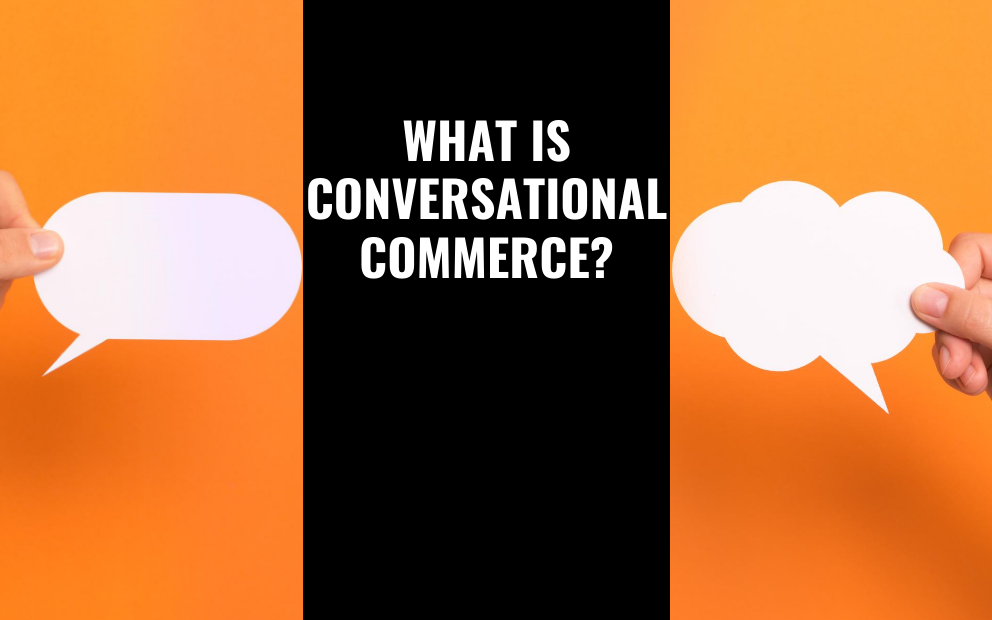
 Conversational commerce refers to the transactions that take place through digital conversations consumers have with brands on messaging apps like web chat,
Conversational commerce refers to the transactions that take place through digital conversations consumers have with brands on messaging apps like web chat, 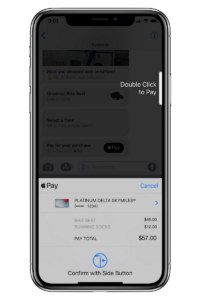 when our normal was just normal, consumers leaned on the ease, convenience, and speed that shopping from their smartphone offered.
when our normal was just normal, consumers leaned on the ease, convenience, and speed that shopping from their smartphone offered.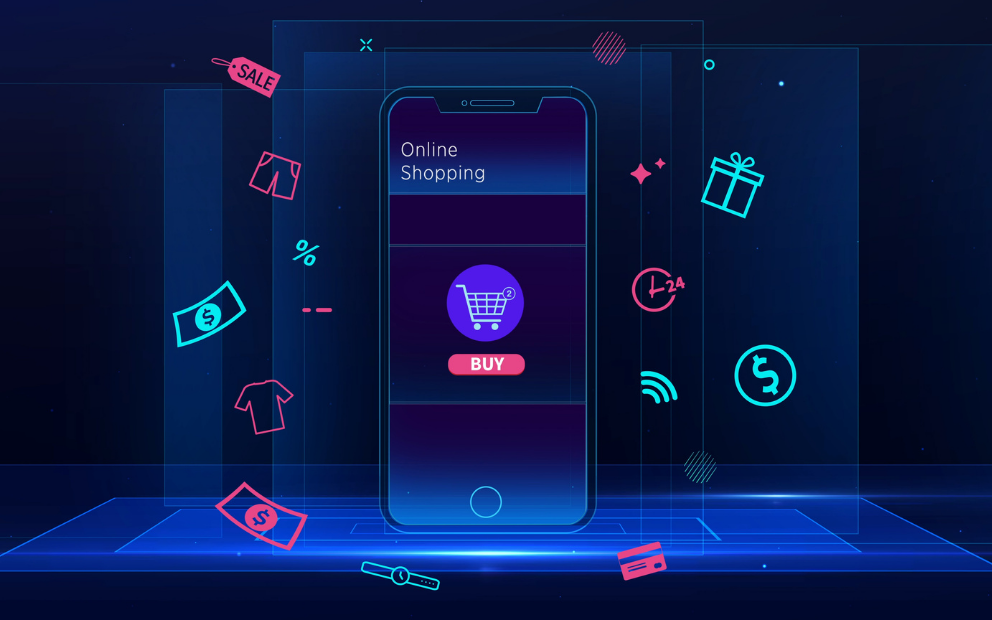
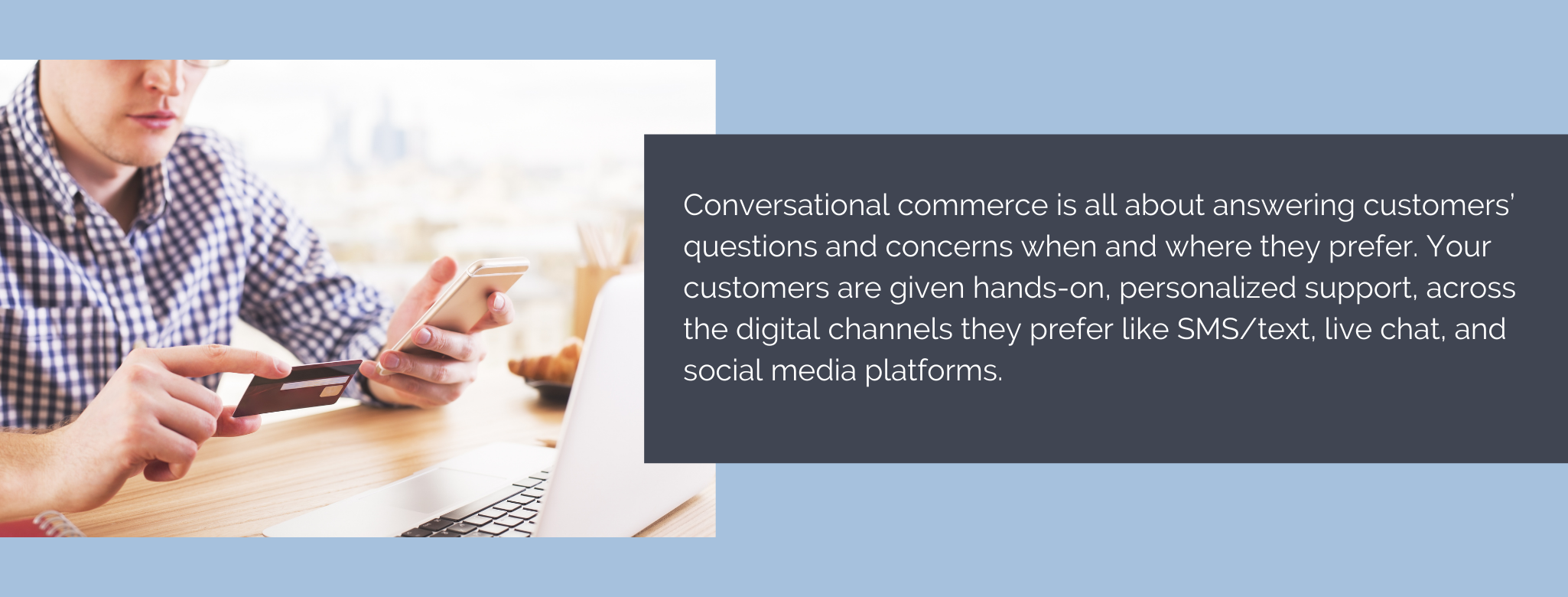
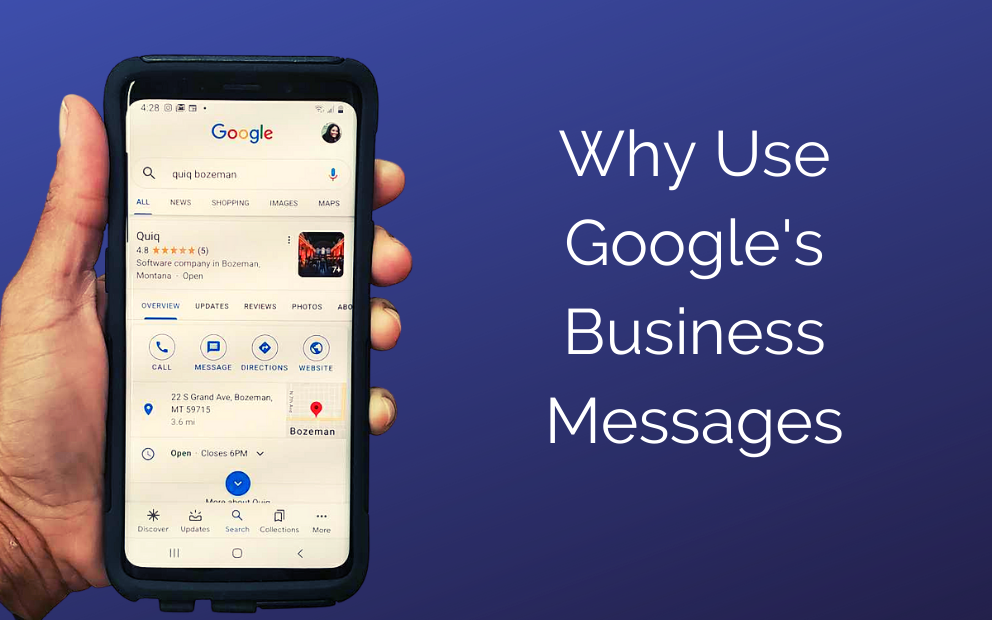
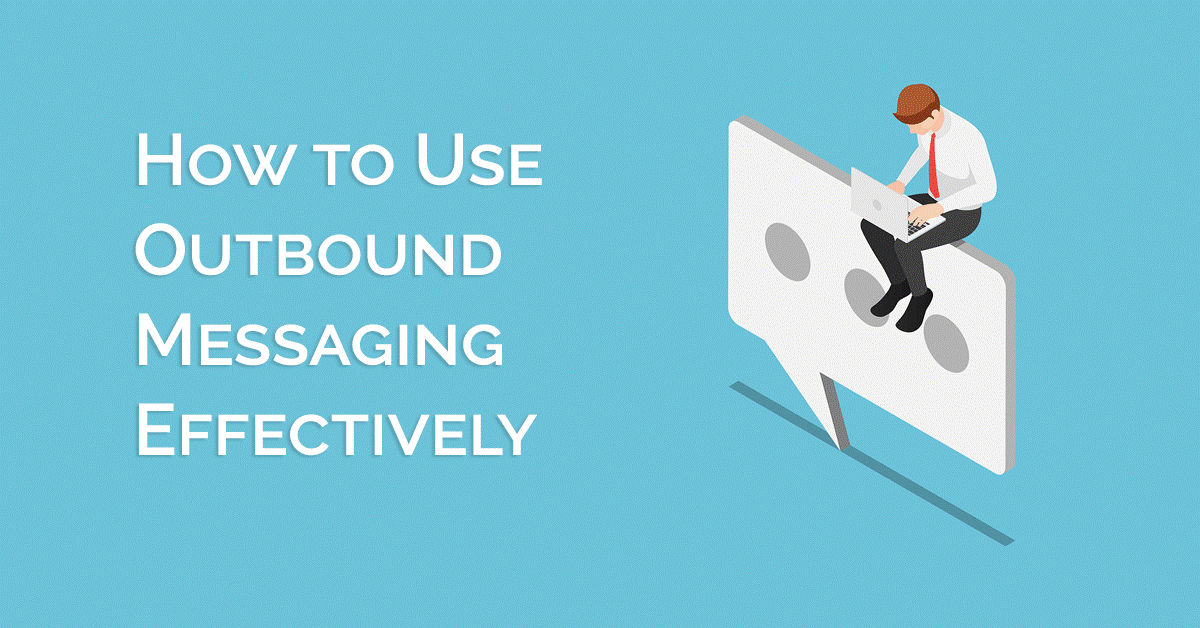

 The first foundational requirement is a shared customer session. This means that all of the messages exchanged between the customer and
The first foundational requirement is a shared customer session. This means that all of the messages exchanged between the customer and
 Author: Kyle McIntyre
Author: Kyle McIntyre
 With these incredible benefits, you’d think every company would have a referral marketing campaign. The honest truth is that asking your customers at the right time to leave a review isn’t always as easy as it seems. And you will have to ask.
With these incredible benefits, you’d think every company would have a referral marketing campaign. The honest truth is that asking your customers at the right time to leave a review isn’t always as easy as it seems. And you will have to ask. 
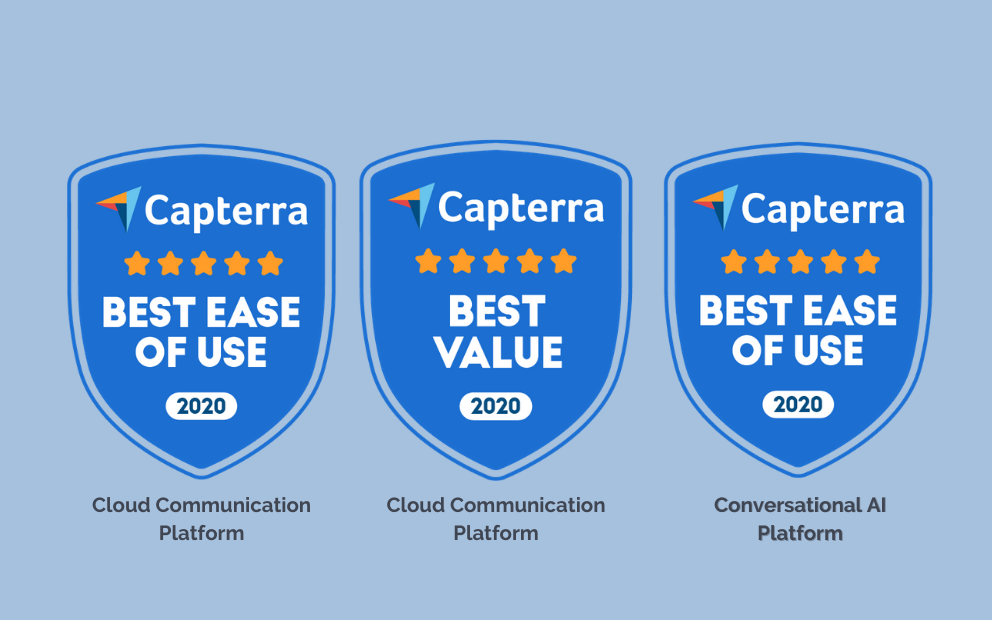

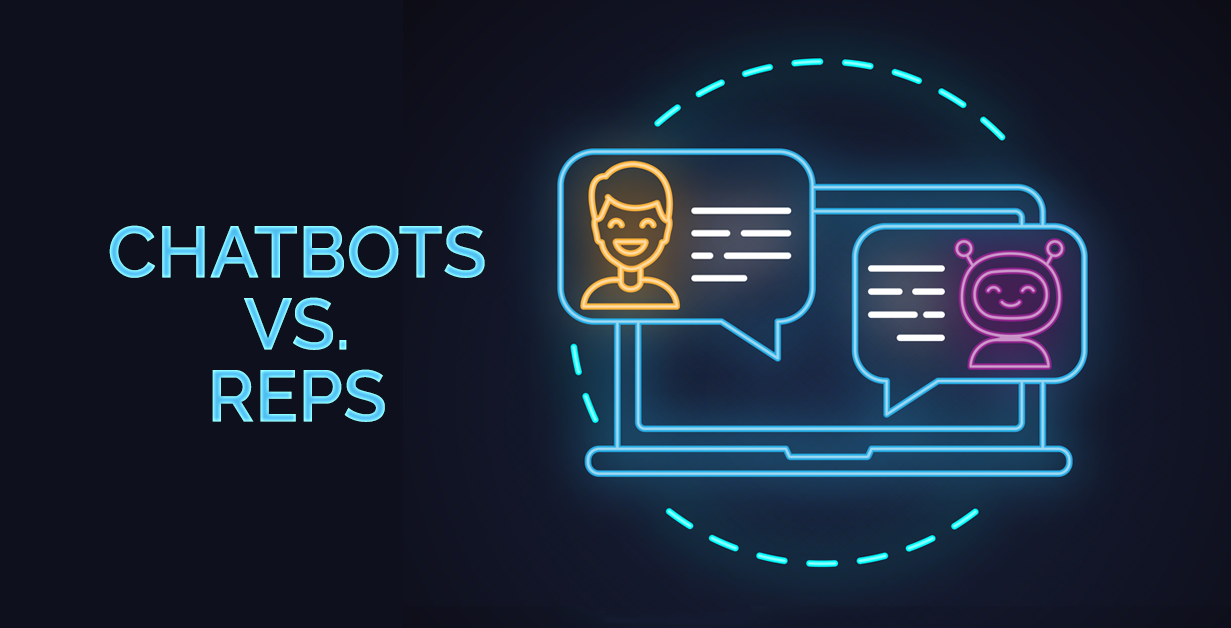
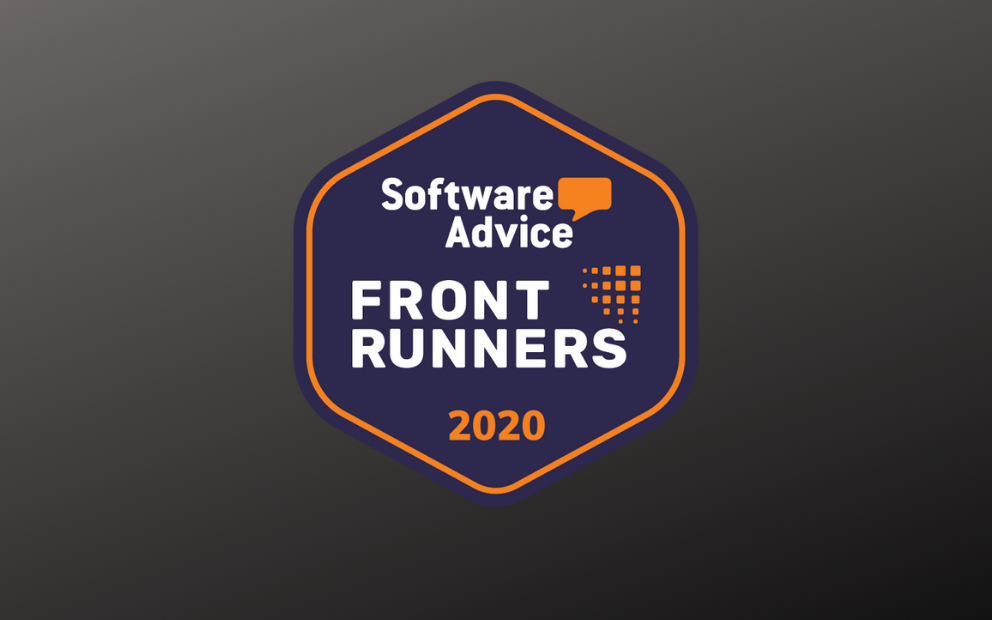

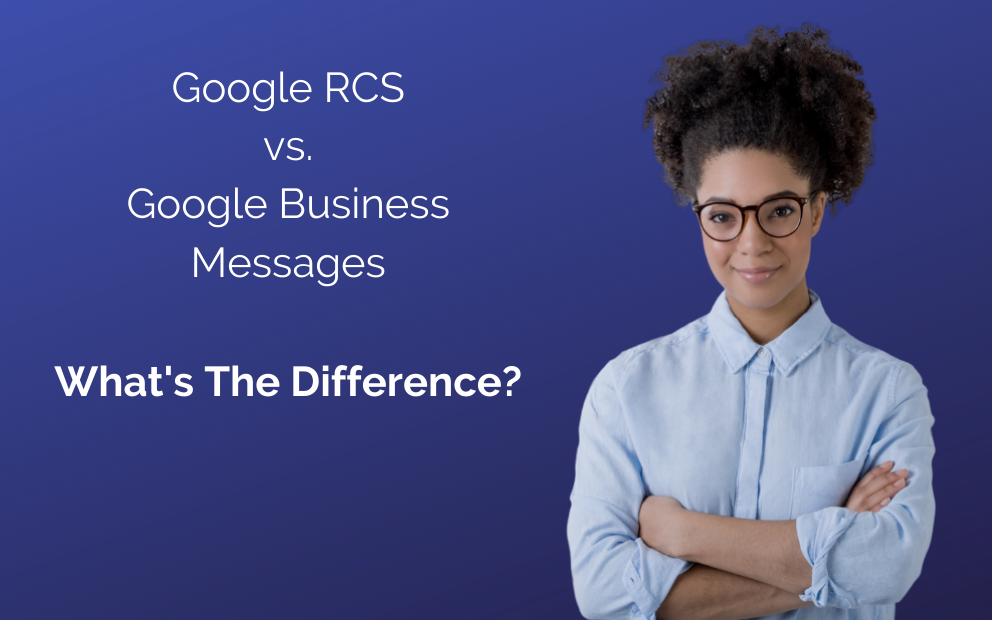



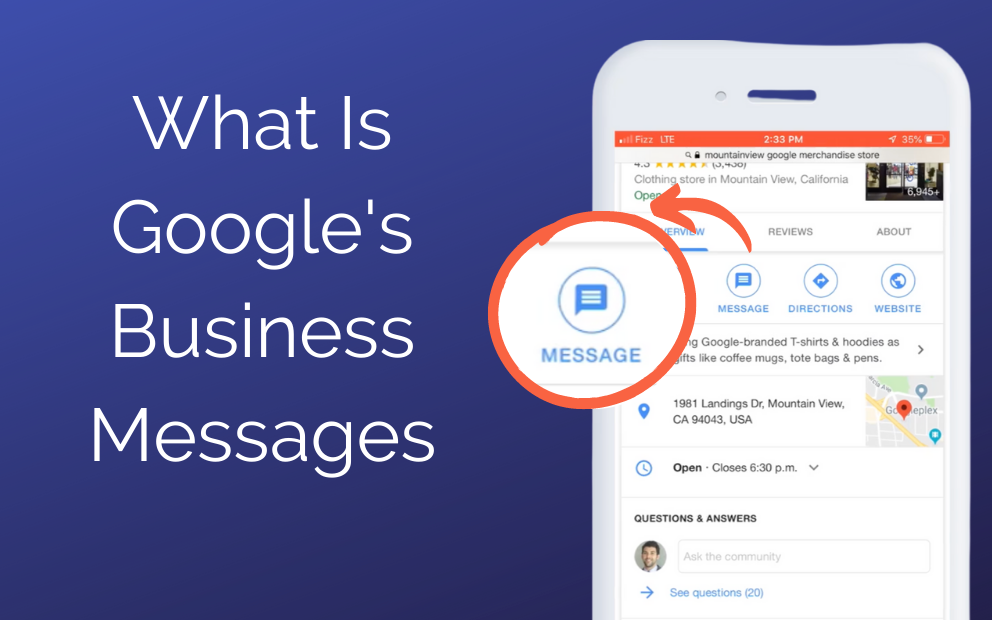



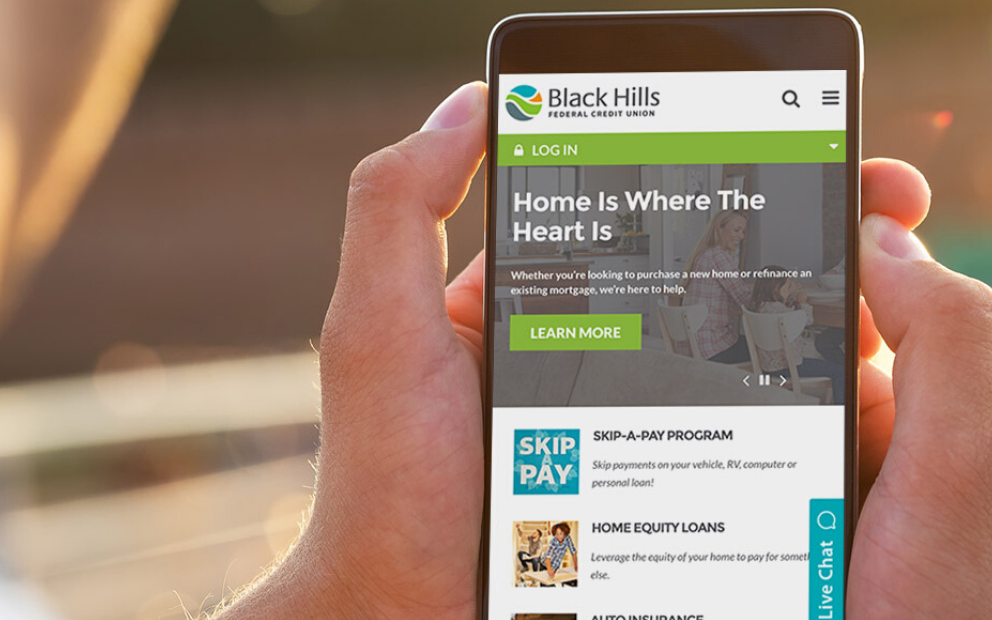
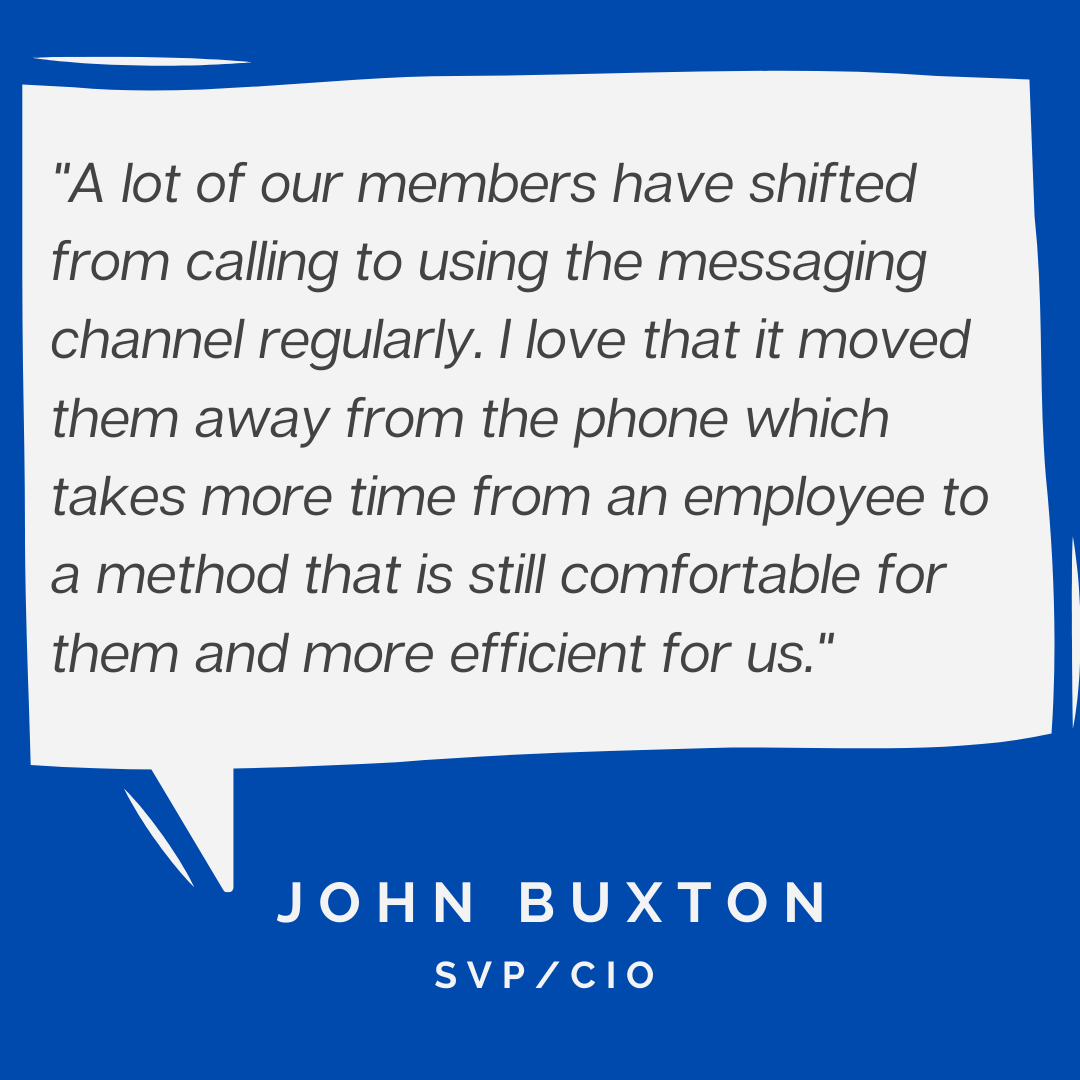 Black Hills Federal Credit Union (BHFCU) is proud to be a part of the community they serve. They help members who are spread out across SouthDakota buy their first home, their first car, that second home, and even start businesses.
Black Hills Federal Credit Union (BHFCU) is proud to be a part of the community they serve. They help members who are spread out across SouthDakota buy their first home, their first car, that second home, and even start businesses.
 The team at Black Hills decided to take things slowly to get a feel of the new channel and implemented Quiq for inbound texts only. Getting started with Quiq was straightforward and happened quickly. In the words of SVP/CIO John Buxton, “Implementation was super smooth.” The credit union has since added web chat, outbound messaging, and integrated messaging with their IVR system.
The team at Black Hills decided to take things slowly to get a feel of the new channel and implemented Quiq for inbound texts only. Getting started with Quiq was straightforward and happened quickly. In the words of SVP/CIO John Buxton, “Implementation was super smooth.” The credit union has since added web chat, outbound messaging, and integrated messaging with their IVR system.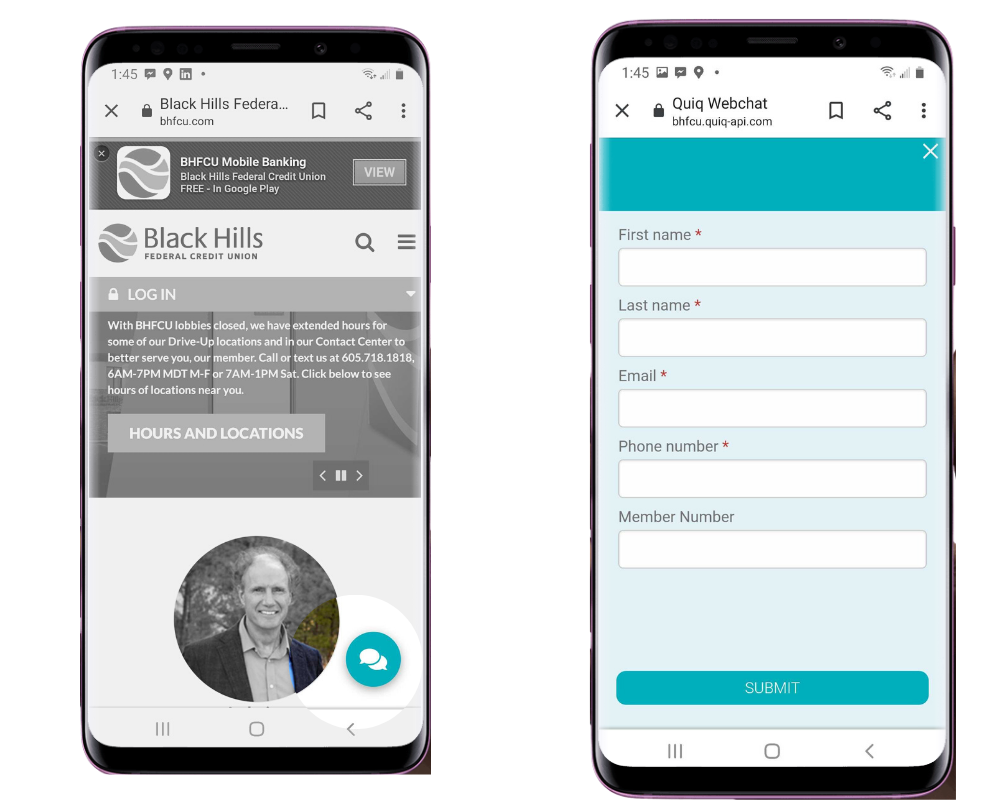

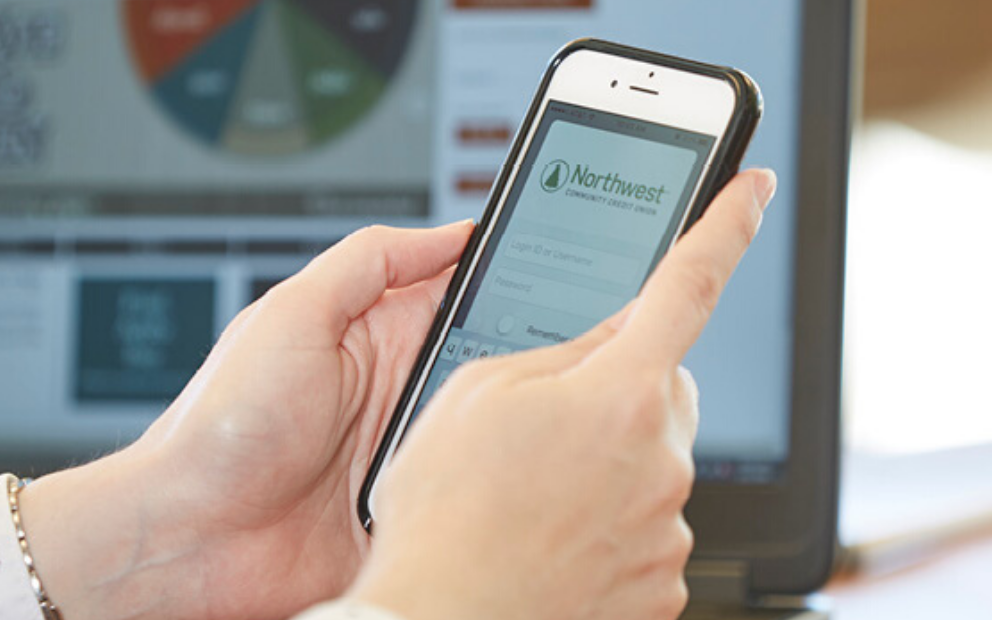
 The intuitive nature of texting and Quiq’s interface made employee training easy, providing the flexibility the organization needed during the staffing turmoil of the pandemic. “The beauty is that it’s so easy we’ve been able to have employees from all over the organization, including many employees who have never talked to members, using the channel, supporting them, and it’s just been seamless, so that’s been really great. It’s been the silver lining in rolling out something in the midst of COVID.” says April Cooper, Director of Digital Experience at Northwest Community Credit Union.
The intuitive nature of texting and Quiq’s interface made employee training easy, providing the flexibility the organization needed during the staffing turmoil of the pandemic. “The beauty is that it’s so easy we’ve been able to have employees from all over the organization, including many employees who have never talked to members, using the channel, supporting them, and it’s just been seamless, so that’s been really great. It’s been the silver lining in rolling out something in the midst of COVID.” says April Cooper, Director of Digital Experience at Northwest Community Credit Union.


